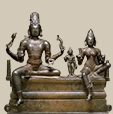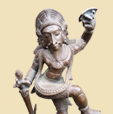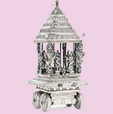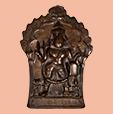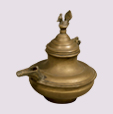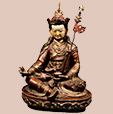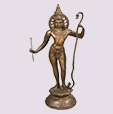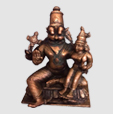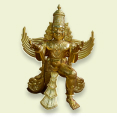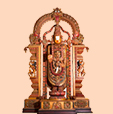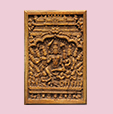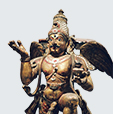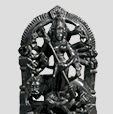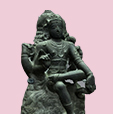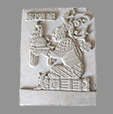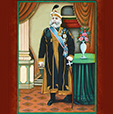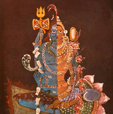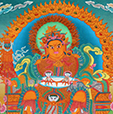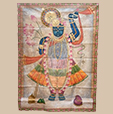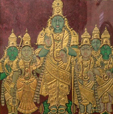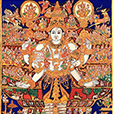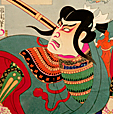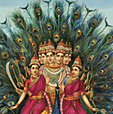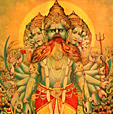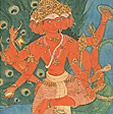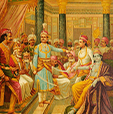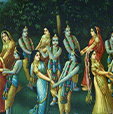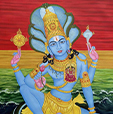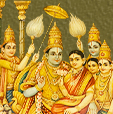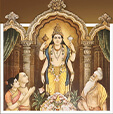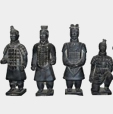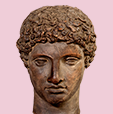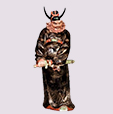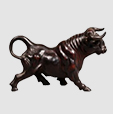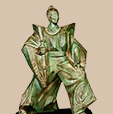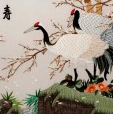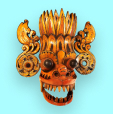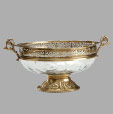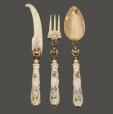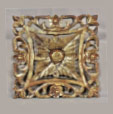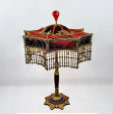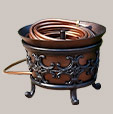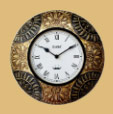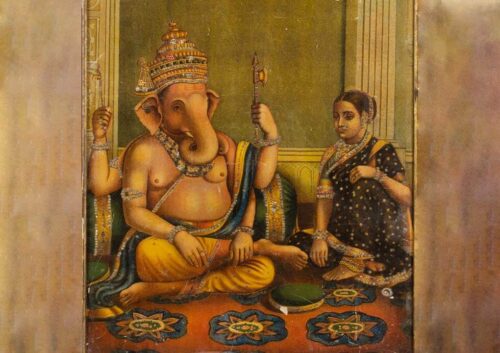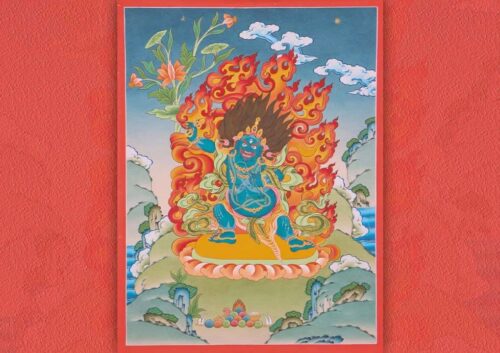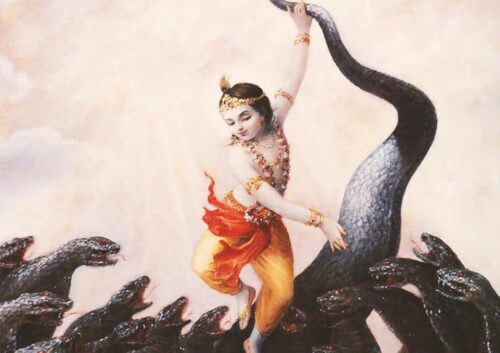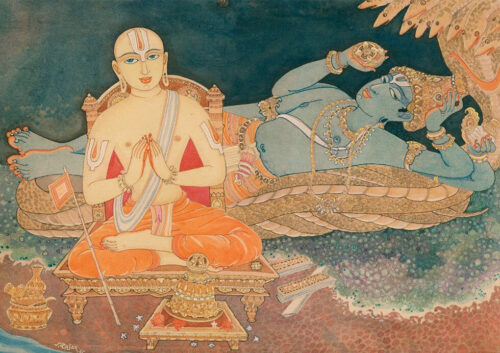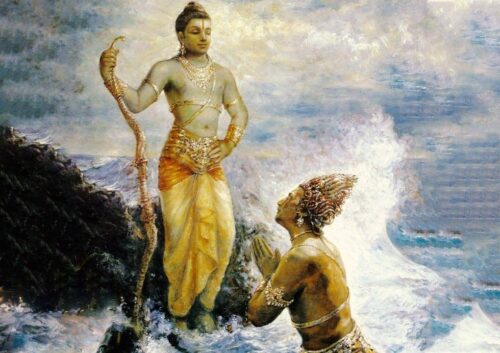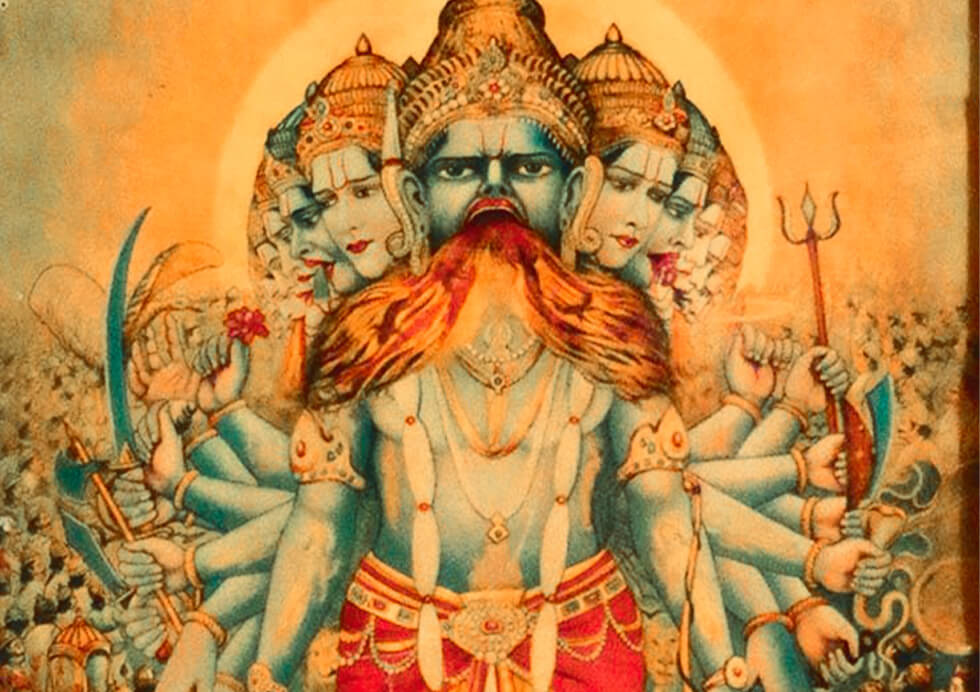

The Mahabharata is one of the longest and most revered epic poems in Hindu mythology. It is a significant literary and religious text in ancient Indian culture. Attributed to the sage Vyasa, the Mahabharata is part of the larger Indian epic tradition known as Itihasa. Composed in Sanskrit, it consists of over 100,000 shlokas (verses) and is divided into 18 parvas (books).
The Mahabharata primarily revolves around the conflict between two branches of the Kuru dynasty: the Pandavas and the Kauravas. The central focus is on the great Kurukshetra War, a colossal battle between the two factions that took place on the battlefield of Kurukshetra. The main characters include the Pandavas (Yudhishthira, Bhima, Arjuna, Nakula, and Sahadeva), the Kauravas (led by Duryodhana), and Lord Krishna, who serves as Arjuna’s charioteer and spiritual guide.
Apart from the epic battle, the Mahabharata contains philosophical discourses, moral teachings, and intricate subplots. One of its most famous sections is the Bhagavad Gita, a conversation between Lord Krishna and Arjuna on the battlefield, addressing profound spiritual and ethical concepts.
The Mahabharata is not just a narrative of war but also a repository of diverse stories, legends, and ethical dilemmas. Its influence extends beyond literature to shape moral and philosophical discourse in Hinduism.
As Lord Krishna took on the role of a peacemaker in the Mahabharata, attempting to prevent the looming war, his efforts faced a significant setback. In a pivotal episode, Krishna approached Duryodhana, extending an olive branch in a last-ditch effort to avert the impending conflict. Unfortunately, Duryodhana, entrenched in his stubborn resolve, not only rejected the gesture of reconciliation but shocked everyone by issuing a surprising order – to imprison Krishna.
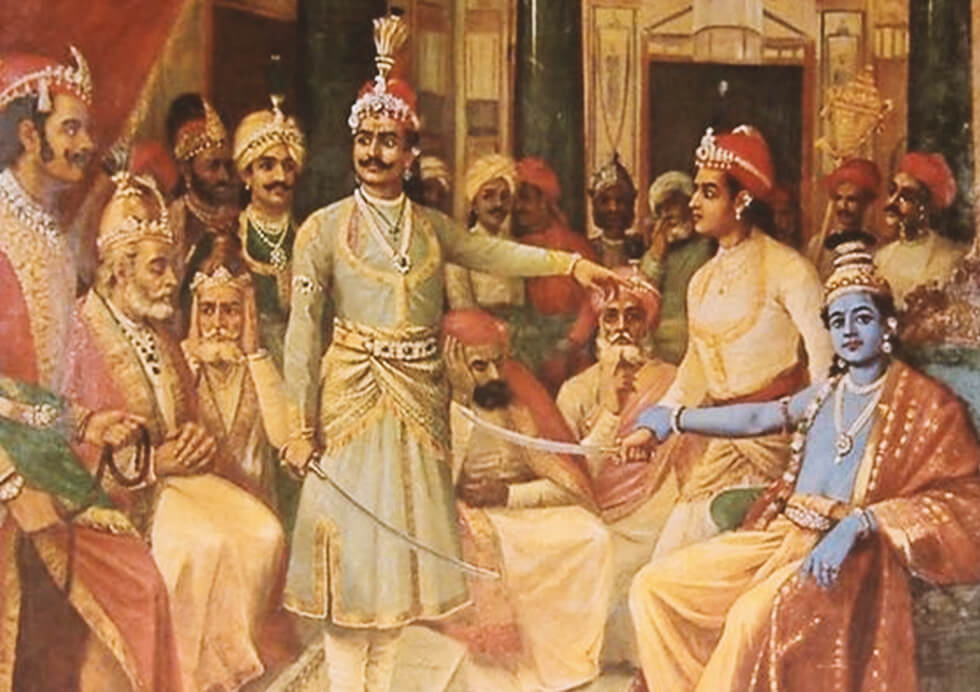
Why Duryodhana Ordered To Imprison Lord Krishna
Yudhishthir expressed his hesitations to Krishna, saying that he was unsure about sending him to the Kauravas. Despite Krishna’s wise counsel, Duryodhan might not heed the good advice. Moreover, all the warriors under Duryodhan’s control were assembled, making Krishna’s journey a potential risk. Yudhishthir was worried that Krishna’s presence might not be welcomed there.
In response, Krishna acknowledged Duryodhan’s deceitful nature but suggested attempting a peaceful resolution. He assured Yudhishthir that even if his peaceful efforts failed, he would not let any harm come to the Pandavas. Krishna also revealed that he could handle any situation, and if necessary, he would annihilate the Kauravas in a war.
Yudhishthir, understanding Krishna’s resolve, gave his consent for him to go as a peace envoy. He hoped that Krishna’s visit might lead to a resolution and prevent the impending war. Yudhishthir expressed trust in Krishna’s judgment and encouraged him to convey any message, whether soft or stern, that served the greater good.
Lord Krishna went as a messenger to kuru court with Stayaki proposing a fair settlement. Satyaki, also known as Yuyudhana, was a formidable Yadava chieftain from the Vrishni clan, the same clan as Krishna. Belonging to the Narayani Sena, he was the grandson of Shini and the son of Satyaka, after whom he was named. Satyaki, a devoted disciple of Krishna and a student of Arjuna.
Satyaki ardently supported the Pandavas in the Kurukshetra War against the Kauravas. Before the war, he accompanied Krishna as an emissary of peace to the Kuru court.
Lord Krishna suggested offering half the kingdom to the Pandavas or just five villages to avert the impending war. Upon hearing Krishna’s proposal, Duryodhan staunchly rejected any compromise. He was unwilling to give the Pandavas even a needlepoint of land. This adamant stance prompted Krishna to take decisive action to avoid the impending conflict.
Ignoring Krishna’s advice, Duryodhana craftily ordered his army to capture Krishna right there in court. Furious, Satyaki drew his sword to defend Krishna, but Krishna calmly stopped him.
Krishna, in a powerful moment, revealed his Vishwaroopam form to Duryodhana and his assembly.
Lord Krishna’s Vishwaroopam form had many arms and held various divine weapons and symbols associated with Vishnu, such as a conch, the Sudarshana chakra, a mace, bow, and the sword Nandaka. Inside his body, numerous deities, sages, and tribes, especially those opposing the Kauravas like the Pandavas, were seen.
This awe-inspiring sight was described as terrifying, and only those with divine vision could endure witnessing it.

